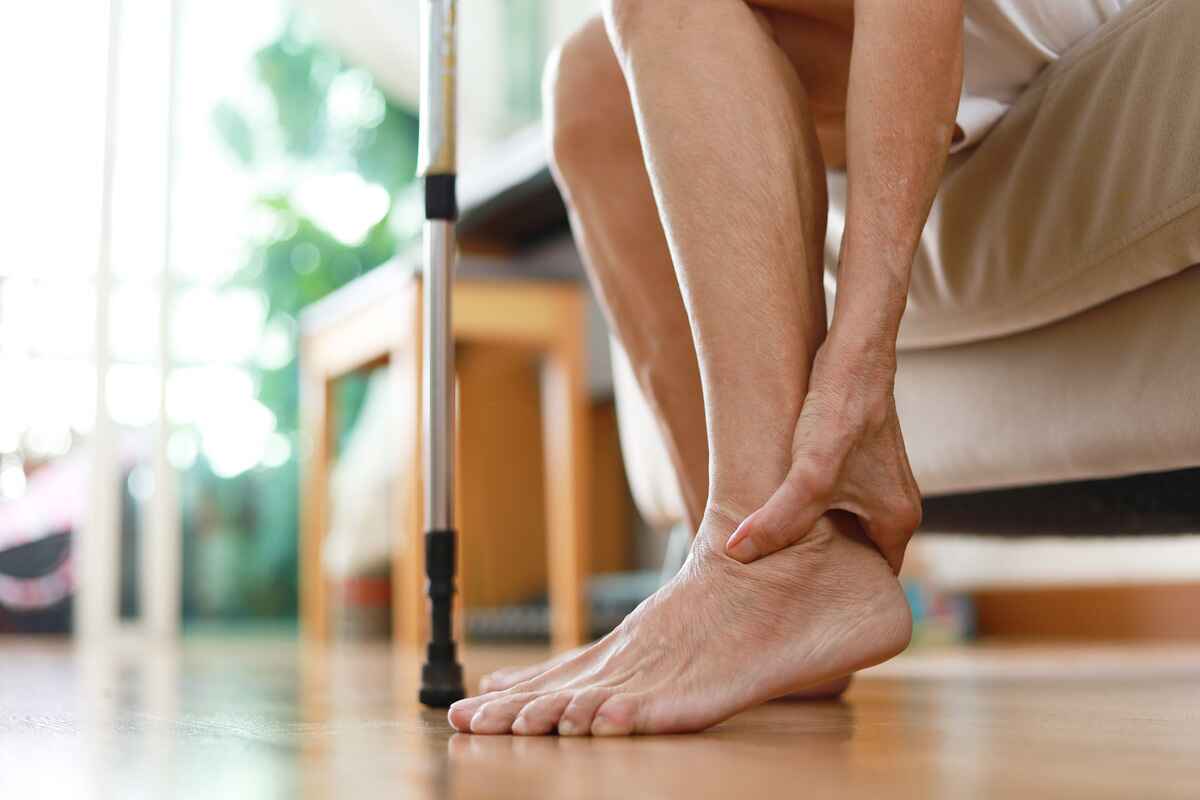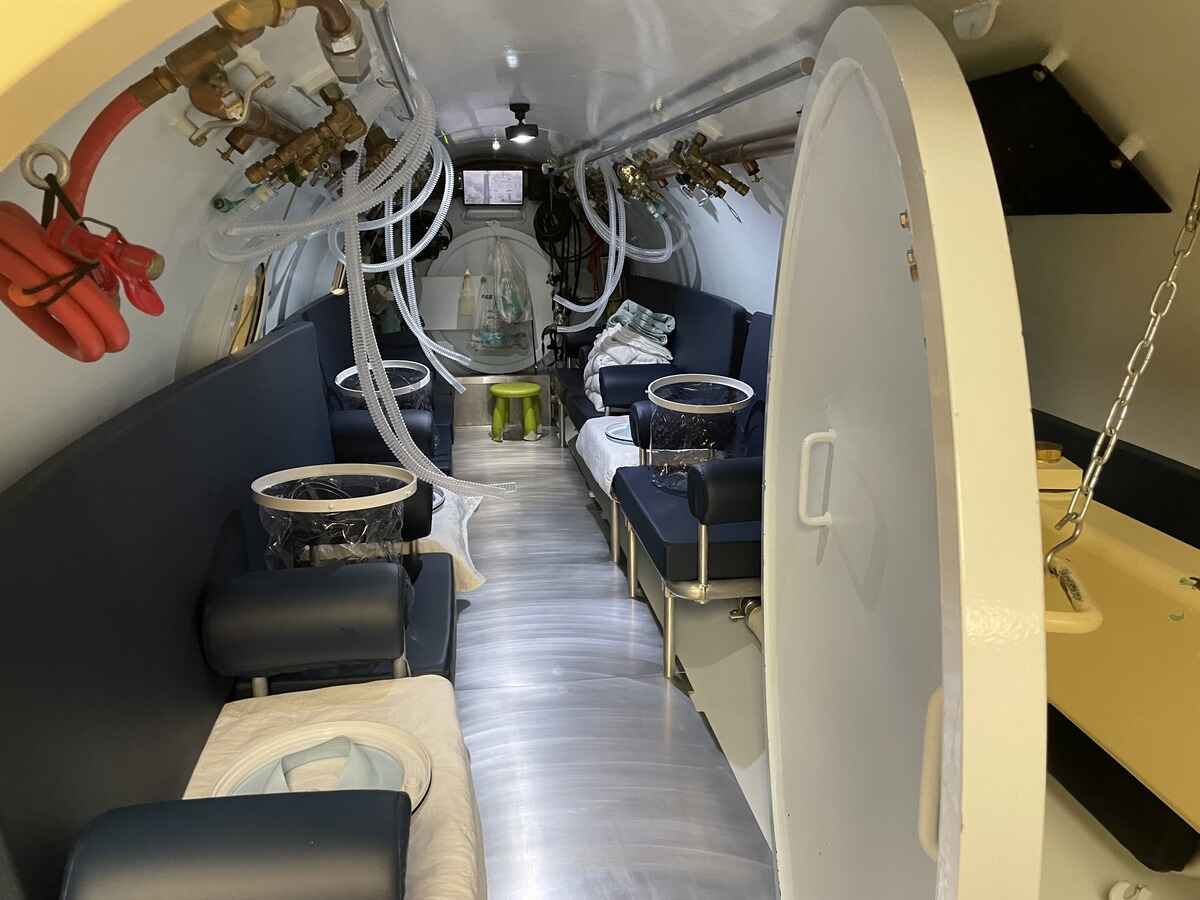
Popular Locations
- Outpatient Surgery - Bridgeport Hospital
- Park Avenue Medical Center
- Primary Care Center - Bridgeport Hospital

Published July 10, 2023

People with diabetes need to pay special attention to their foot health. Things that would not normally be an issue such as small scrapes and wounds can lead to infection and sometimes amputation of the lower extremity.
Diabetics who experience these symptoms should pay attention to these signs and symptoms: They usually start with blistering or small wounds and that usually leads to tissue breakdown and sometimes infection. That’s when it may be time to see a doctor.
Most diabetic foot ulcers are treated with local wound care, such as antibiotic ointments, rest, elevation of the foot, and possibly oral antibiotics.
If these prove ineffective, Bridgeport Hospital has another option: hyperbaric oxygen therapy (HBOT).

The course of treatment varies by patient, but the sooner treatment starts, says Ceasar Irby, DPM, chief of Podiatric Medicine and Surgery at Bridgeport Hospital, the better the outcome.
“We try to advocate for our patients to intervene sooner,” he says. “We educate patients on the signs and symptoms of infection and living a life consistent with a great diabetic diet, exercise when they can, to avoid the possibility of amputation.”
HBOT is administered to patients at Bridgeport Hospital in a special chamber that can fit six to eight patients at a time, including an HBOT technician who monitors each treatment. This is called a multi-person chamber, and Bridgeport Hospital is one of only two in the state that has one. Most other hospitals use a single-person chamber.
HBOT sessions are called “dives” because they create conditions such as those on submarines when submerged. It generally takes at least 20 sessions to complete the treatment, at the rate of one session a day, five days a week.
While HBOT is not for everyone, it has been shown to be an effective concurrent therapy for many difficult-to-heal wounds, including surgical wounds and those caused by radiation therapy.Those interested in HBOT should speak with their doctor about getting a referral.